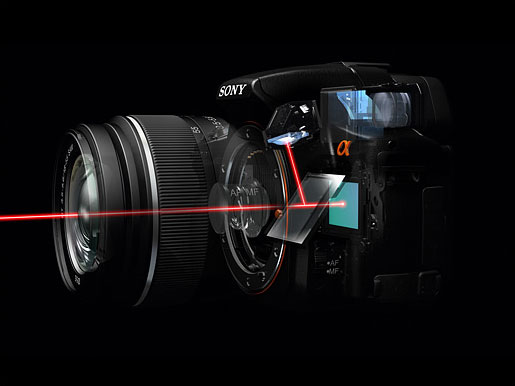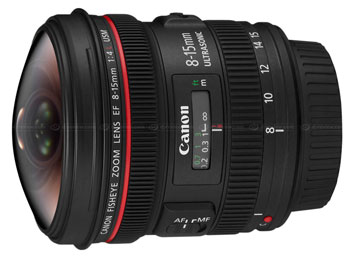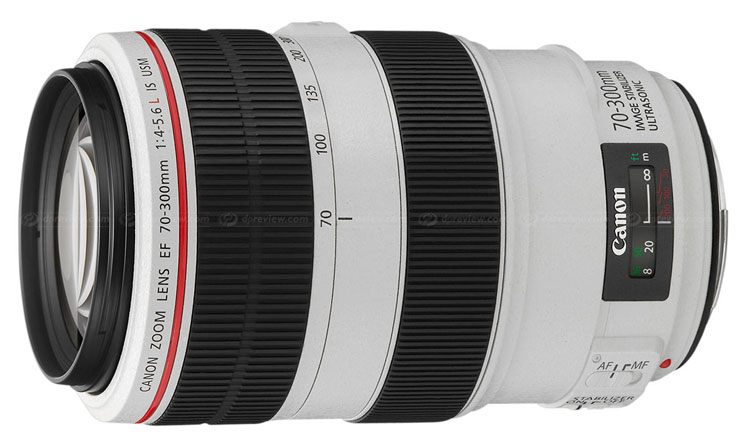Every two years, camera manufacturers descend upon Cologne, Germany to push their latest wares. In the past week, on the lead-up to the trade show, Nikon, Sony, and Canon (in that order) have unveiled their latest offerings.

The more interesting announcements, to my mind, include Sony’s decision to revive the Pellicle mirror concept in the form of a “Single Lens Translucent” body that is always in live view, but retains phase-detect autofocus even for video.
Canon has announced a new 60D body that loses many of the features that it’s predecessor, the 50D, had but it gains video and an articulated LCD screen. I can only hope that articulated screens are found on every future body that shoots video…Note also that this camera has another edge over the higher-priced 7D: manual audio control. Canon has yet to release firmware to give the 7D the capability to control the audio level, but this lower-priced model might actually become very attractive to videographers for the articulated screen combined with audio control. That is, if Sony doesn’t steal the show.
However, Canon didn’t end there: the 300mm f/2.8L, 400mm f/2.8L, and 1.4x and 2x teleconverters have all been refreshed with new optical designs. The updated teleconverters have improved electronics that might only affect their performance with the newly-announced telephoto lenses, but the improved optics should benefit all telephoto lenses. So, while I can’t say that any of the super-telephoto lenses are in the cards for me at the moment (the longest lens I have is the 400mm f/4 DO IS, and my sights are set on the 800 f/5.6–some day) the new teleconverters are sure to pique the interest of everyone as they are a frequently-used accessory and are therefore an easy way of improving the image quality of one’s photographs.
Also, Canon announced that they will be redesigning the 500mm f/4L IS and 600mm f/4L IS super-telephoto lenses, complete with the new “flourine coatings” on the aforementioned lenses and teleconverters.

That said, the icing on the cake of the announcements? An 8-15mm fisheye zoom. Sure to be of interest to a lot of people for the creative perspectives offered in such a range. Particularly, owners of reduced frame (APS-C and APS-H) cameras will be interested in this lens for the wider perspective.
Really, the only offering in that mix that doesn’t make sense to me is the 70-300mm f/4-5.6L zoom lens. I know that the 70-300 range is popular, but how this lens fits on the totem pole in relation to the 70-300 f/4.5-5.6 DO IS lens is something of a mystery to me.
I was curious enough about this “L” version of the popular zoom range that I fired off an e-mail to Scott Andrews, the photojournalism representative for Canon in North Carolina, and his estimate is that this lens will have greater contrast and sharpness as compared to the DO lens. It is, however, heavier at 2.3 pounds versus 1.6 pounds, bright white as opposed to matte black, and will be priced some $200 more than its DO sibling. I do wonder if this is Canon’s way of tiding people over while we all wait for an update of the 100-400mm zoom…provided it’s even coming.


One interesting thing about the 60D: They got the video part right in one try. All the right settings with the handy screen.
From what I can tell (nothing official seems to be out yet) the lens upgrades have something interesting about them–they’re doing the same thing Nikon did–using them as justification to increase prices.
I’m interested in seeing if Sony’s A55 focusing technique proves worth the reduced light on the sensor. Initial reviews aren’t promising.
Scott,
I would agree that it seems that Canon got (most) of the video right with the 60D. I’m still waiting for a way to monitor the audio by plugging in headphones, and to see the audio meter during recording, as opposed to having the meter and levels on a menu page.
I would not be so quick to dismiss the new lenses as justifications for pricing: when I talked to Scott Andrews, he explained that the new lenses were needed because the higher-megapixel cameras that are coming down the pike are going to require the better glass. It’s a reasonable explanation, considering that even the 5D and 5D Mark II, especially, revealed a lot of flaws in the wide-angle zooms, just as Nikon’s D3 and especially the D3x proved just how badly out-of-whack the Nikkor 70-200 was.
As for the Alpha 55, I would look at Michael Reichmann’s report on it before drawing any conclusions. In any event, Sony is at least taking an interesting approach–and being more like Olympus and Panasonic in aggressively trying new things than Canon and Nikon are.
I forgot about the audio-out. As for the lenses, they’re usually worth the cost, it just hurts each time they have to increase the cost to go with it!
The A55… I’m also interested in seeing what tricks Panasonic and Olympus have up their sleeves for improving AF speeds. Sony has taken an old trick and used it to do something new and that’s pretty impressive.
I know Panasonic seems to think they’re getting much better at the various types of live view focusing. It seems Sony decided TTL focusing will not reach the same speeds as phase-detect or contrast-detect anytime soon (thus their clever approach). Right now that’s probably a safe bet but then again Panasonic should be making an announcement soon enough.
Hopefully this year’s Photokina will prove to be quite the display!
Thanks for the analysis DK, excited to see what comes out soon…